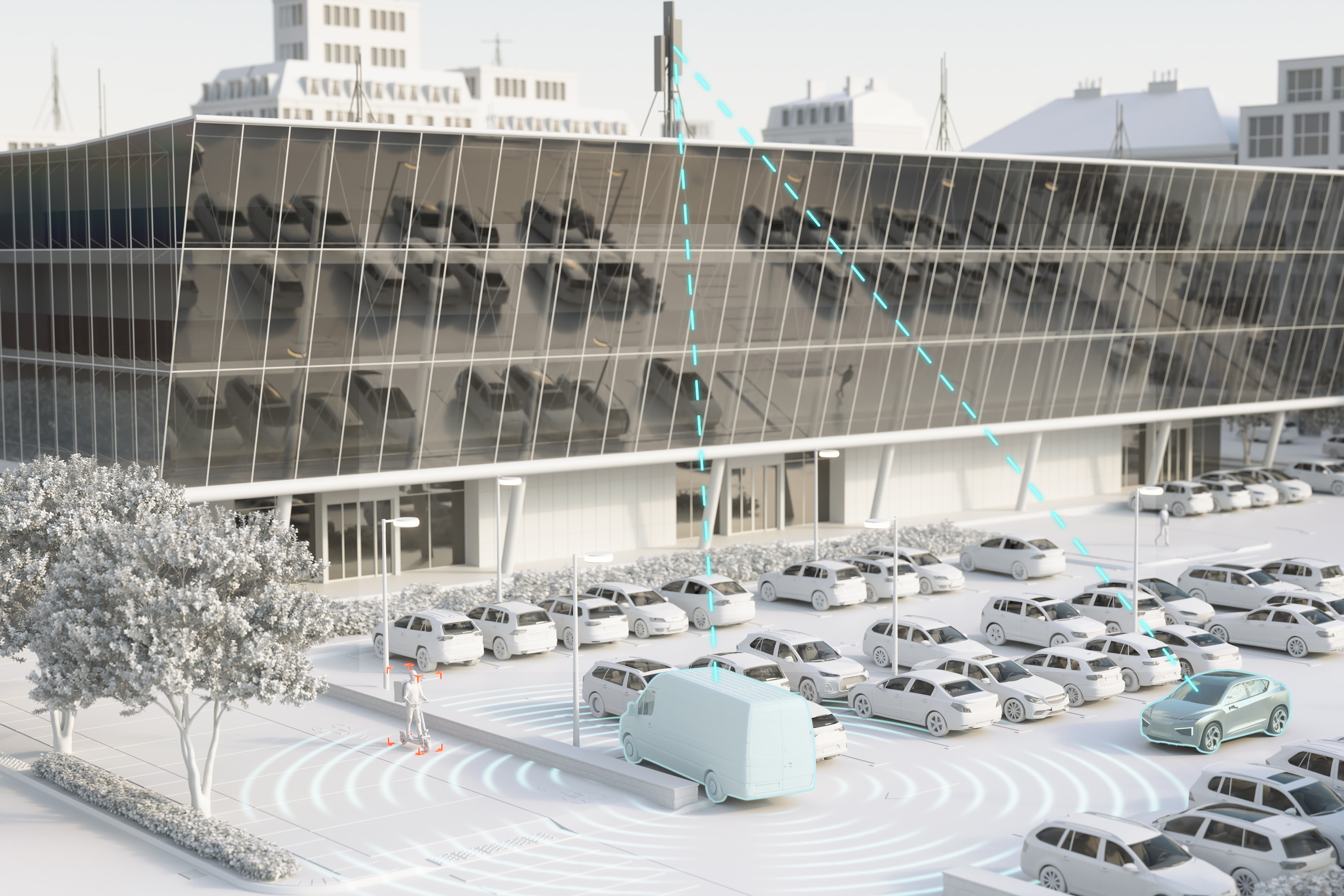A look at the next generation of safety and driver assistance technology isn’t coming from automakers. One of the industry’s top suppliers is pulling back the curtain on technology it has developed to sell to some of the industry’s leading car companies
Magna International is a Tier One supplier to automotive companies like Ford, General Motors, Toyota and Volkswagen, supplying parts like chassis, axles, sensors, lighting, battery enclosures and more, including software-based technologies that interact with equipment it supplies.
At an event in Metro Detroit, the company showed off some of its new and improved technology including radar sensors, rearview mirrors that act as both rearview camera and a driver monitor and eco-friendly vehicle materials.
The future technologies previewed by Magna at the event focused on perception, how a user is “seen” within a vehicle and how the vehicle is able to “see” what is around them.
One of the company’s products, still in an early development phase (two of seven), is called Collective Perception and it combines sensors used in a variety of ways throughout a vehicle to paint a picture of the world around the driver, including things unseen.
While fully automated driving is on the horizon, that line is a while off. There are major challenges that sensor technology must overcome before vehicles become autonomous. Today’s sensors cannot see through buildings or in the dark, in adverse weather conditions, or when interacting with or understanding the intentions of other road users like pedestrians, bicyclists and electric scooter riders.
Magna International
Collective Perception uses cellular vehicle-to-everything (C-V2X) technology and gathers data from vehicles, infrastructure sensors and other road users. It sends that to a server that can process the data in real-time and come up with actions based on the situation.
In theory C-V2X technology could create a digital twin of the real-world environment by sharing information with the cloud. It could tell if a driver in an unseen vehicle around a corner was about to speed through a red light, alerting the cross traffic to the danger.
But, the relays aren’t likely to be as fast as what the human eye can happening right in front of them and react to.
“A decade ago, the National Highway Traffic Safety Administration highlighted V2X’s potential in reducing accidents, but onboard sensing has improved significantly since then. In scenarios where sensors can’t detect threats—like occluded traffic—we estimate V2X could prevent up to 10-20 percent of crashes,” Tobias Aderum, director of research and innovation at Magna told Newsweek.
Magna says Collective Perception could enable on-demand advanced driver assistance systems (ADAS) features in bigger markets with less advanced sensor systems. It could improve traffic and congestion, in addition to stopping accidents.
For the full effect, those markets would have to have a strong cellular network or high-speed Wi-Fi. Magna’s data shows currently that V2X uses Wi-Fi 30 percent of the time and cellular networks otherwise. That percentage is going down in favor of those 4G and 5G networks. Once 5G surpasses 4G there will be more bandwidth to share and shorter latency times.
The government is also stepping up its plans to deploy more V2X communication, saying that its crucial to road safety and quashing some of its original plans.
Not just car to car, V2X safety applications will go through cloud and cellular networks. In the past the U.S. Department of Transportation (DOT) had a a plan for a mandate for dedicated short-range communication (DSRC) deployment in all new vehicles but that was withdrawn. The new DOT plan is focused on 5G-V2X.
The deployment time will still be up to the market, says Magna, but the technology direction is pointed out (even if some steps remain to be taken).
In June the DOT announced that it is awarding $60 million in grants under the Saving Lives with Connectivity: Accelerating V2X Deployment program to advance these interoperable vehicle technologies. The grants to recipients in Arizona, Texas and Utah will serve as national models to accelerate and spur new deployments of vehicle-to-everything (V2X) technologies.
“The technology is ready, but it’s about market readiness and adoption. We expect wide-scale deployment, with cross-brand, low-latency data sharing, to be a reality within five years. The DOT’s recent push to accelerate V2X could speed things up,” said Aderum.
Magna used an example of a 5G base station at the corner of a busy intersection sharing and receiving data from road users, as well as traffic lights and infrastructure cameras. It would create a digital model of the area and eventually gain an understanding of the intersection and how most users interact with it. It could then use that data to inform drivers.
The hurdles for a system like this are more technological than physical or logistical. Magna says the most pressing issues are related to safety and security of the data.
“The system must ensure reliable, trustworthy data. It won’t rely on just one source—multiple observations build confidence. Advanced driver assistance systems and V2X will work hand-in-hand to improve situational awareness and overall traffic safety, adapting in real-time based on data integrity and latency,” said Aderum.

